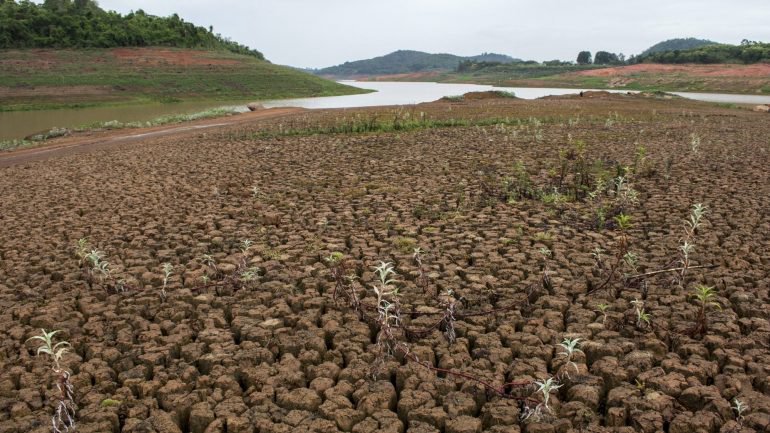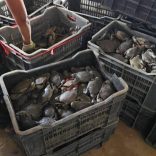Mozambique: Sugar exports see 50% rise, generating US$36 million in 2024
Drought increases risk of food insecurity in parts of central and southern Mozambique

File photo: Lusa
A hunger warning network predicts that parts of central and southern Mozambique will face increasing difficulties accessing food from June onwards because of the drought. Although the 2016 emergency levels have not yet been reached, there are signs of scarcity in the subsistence agriculture on which most Mozambicans depend.
“Due to a failed agricultural campaign in 2017-18, the poorest households do not have access to the usual levels of income in Gaza, Inhambane, northern Maputo, southern Tete and parts of Manica and Sofala provinces,” the Famine Early Warning Systems Network (FEWS Net) reports.
The situation in these areas is known as ‘stress’, the second level of alertness on a scale of five. “‘Crisis’ indicators (third level of alert) are already visible in the Chigubo district of Gaza province and are due to appear in June in the semi-arid areas of the south and centre”, which are currently in ‘stress’. Chigubo is “the most vulnerable district, because it has the least amount of water resources,” the report adds.
A rapid assessment in remote areas of southern Gaza province concluded that “in most areas there was no major harvest or yield was significantly below average”. Despite this, food prices have stabilised or are falling, the report says. “Corn prices in April were 23 to 26 percent below the five-year average and last year’s prices respectively.”
The FEWS Net network was created by the United States Agency for International Development (USAID) in 1985 to support decision-making in the management of humanitarian support. The risk of food insecurity is classified according to a five-level scale: minimum risk, stress, crisis, emergency and hunger.












Leave a Reply
Be the First to Comment!
You must be logged in to post a comment.
You must be logged in to post a comment.